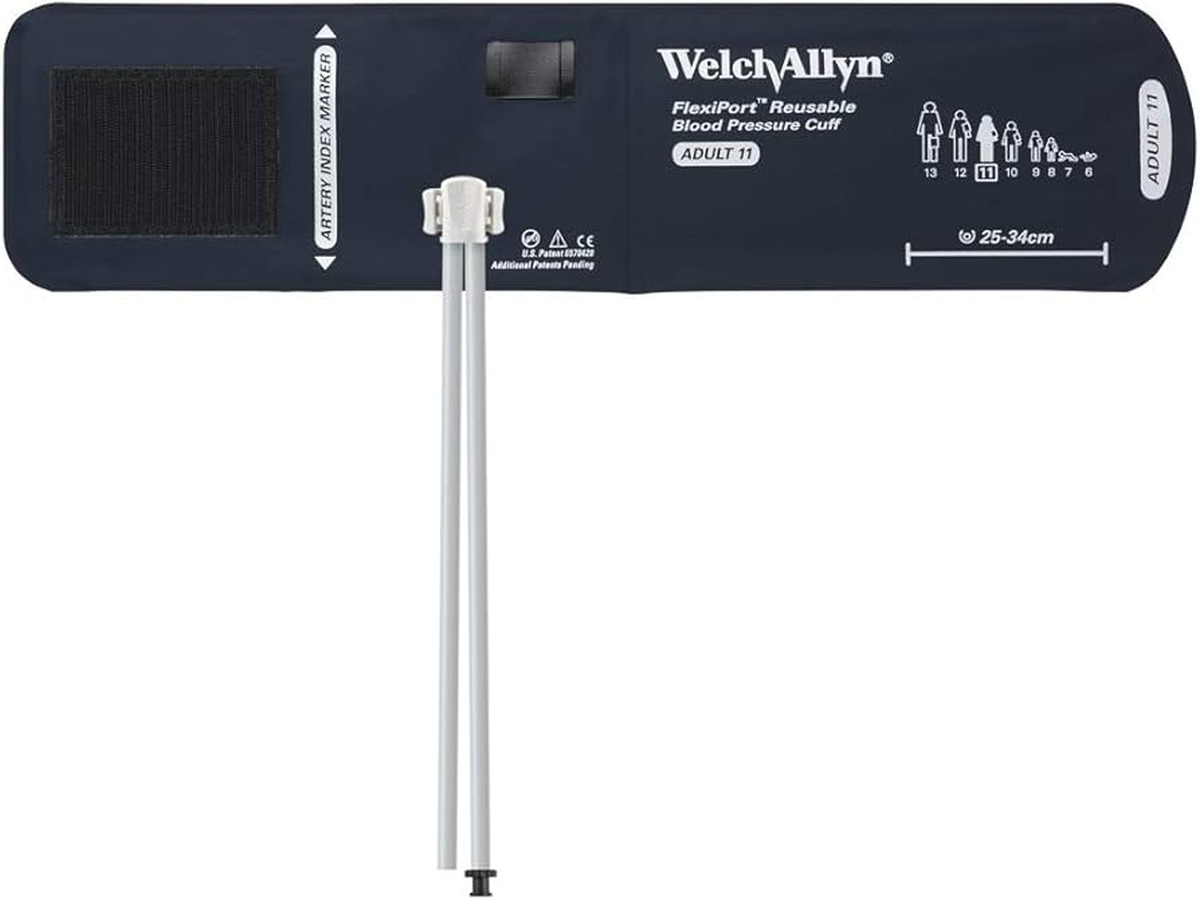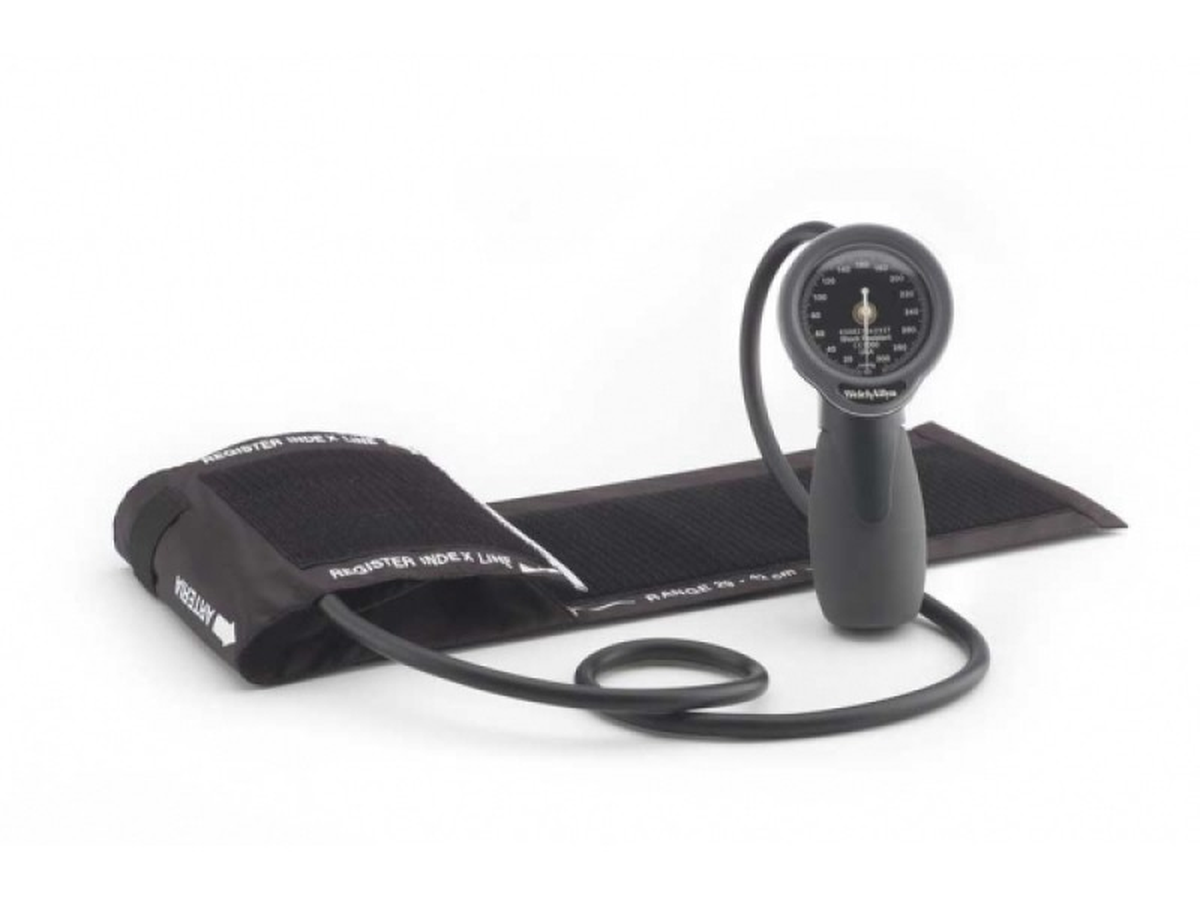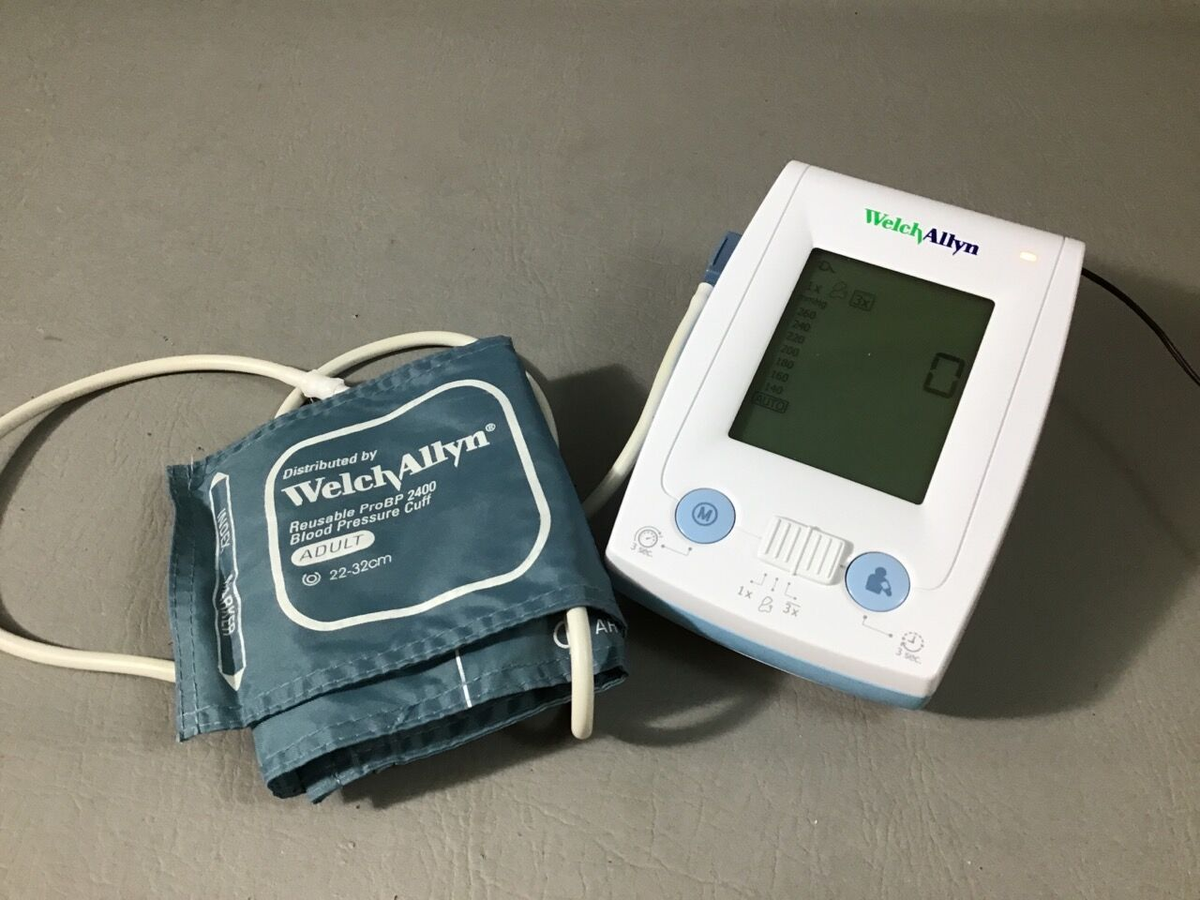Understanding the FlexiPort System
The Welch Allyn FlexiPort reusable blood pressure cuff system represents a significant advancement in clinical cuff technology, providing a universal connection interface that works across multiple Welch Allyn blood pressure devices including Connex vital signs monitors, ProBP series, Spot Vital Signs, and many aneroid sphygmomanometers.
For biomedical technicians, understanding the FlexiPort system architecture, proper selection, maintenance requirements, and troubleshooting procedures is essential for ensuring accurate blood pressure measurements and optimizing cuff inventory management.
FlexiPort System Components
Cuff Bladder
The inflatable bladder is constructed from thermoplastic polyurethane (TPU) providing excellent durability, flexibility, and resistance to cleaning agents. Bladder dimensions are precisely manufactured to meet AAMI/ISO standards for cuff sizing.
Sleeve Material
The outer sleeve is typically nylon or similar synthetic material with the following features:
- Hook-and-loop (Velcro-style) closure for secure attachment
- Range markings indicating proper sizing for limb circumference
- Latex-free construction for patient safety
- Antimicrobial treatment (some models) to reduce bacterial colonization
Flex Connect Port
The proprietary FlexiPort connector features:
- One-handed connection/disconnection with audible click confirmation
- 360-degree rotation to prevent tubing tangling
- Integrated strain relief
- Keyed design prevents improper connection
Cuff Size Selection Guide
| Cuff Size | Limb Circumference | Bladder Width | Typical Application |
|---|---|---|---|
| Extra Small Adult | 15-23 cm (6-9") | 9 cm | Pediatric/very small adults |
| Small Adult | 18-26 cm (7-10") | 10 cm | Thin adults, adolescents |
| Adult | 23-33 cm (9-13") | 13 cm | Standard adult population (most common) |
| Large Adult | 31-40 cm (12-16") | 16 cm | Larger adults, muscular builds |
| Extra Large Adult | 38-50 cm (15-20") | 20 cm | Bariatric patients |
| Thigh | 46-66 cm (18-26") | 24 cm | Thigh measurements, very large arms |
Proper Sizing Criteria
AAMI/ISO guidelines specify that cuff bladder width should be 40% of limb circumference, and bladder length should encircle 80-100% of the limb. Improper sizing causes significant measurement errors:
- Too Small: Falsely elevated readings (can overestimate by 10-30 mmHg)
- Too Large: Falsely decreased readings (typically <10 mmHg underestimation)
FlexiPort Maintenance and Cleaning
Cleaning Frequency
- Between Patients: External wipe-down with approved disinfectant for dedicated-use cuffs
- Weekly: Thorough cleaning for high-use cuffs
- After Contamination: Immediate cleaning per facility protocols
- Before Storage: Clean before extended storage (>30 days)
Approved Cleaning Methods
Manual Cleaning:
- Disconnect cuff from device
- Wipe exterior surfaces with EPA-approved disinfectant wipe (quaternary ammonium or 70% isopropyl alcohol)
- Pay special attention to inner surface that contacts patient skin
- Clean FlexiPort connector with alcohol wipe, ensuring no moisture enters port
- Allow complete air drying before reconnection (minimum 2 minutes)
Machine Washing:
- Close hook-and-loop fasteners to prevent damage
- Disconnect FlexiPort connector (do not machine wash connector assembly)
- Place cuff in mesh laundry bag
- Wash on gentle cycle, cold water, mild detergent
- Air dry completely - never use heated dryer (damages bladder)
- Inspect for damage after washing
- Reconnect FlexiPort connector
Inspection Criteria
Inspect cuffs monthly and replace if:
- Bladder shows bubbling, cracks, or holes
- Hook-and-loop closure no longer holds securely
- Range markings illegible
- FlexiPort connector damaged or does not click securely
- Persistent odor despite cleaning
- Bladder adhesion (bladder walls stick together)
Troubleshooting Common Issues
Problem: Cuff Will Not Hold Pressure
Diagnostic Steps:
- Perform leak test: Apply cuff to cylindrical object, inflate to 200 mmHg, hold 60 seconds. Acceptable: <5 mmHg loss
- If excessive leak, isolate cuff from device by testing cuff alone with manual bulb
- Submerge inflated cuff in water and observe for bubbles
- Common leak points: Bladder seams, Connector interface, Damaged tubing
Resolution: Replace cuff if bladder leak detected. Cuff bladders cannot be reliably field-repaired.
Problem: "Cuff Not Detected" Error on Device
Diagnostic Steps:
- Disconnect and reconnect cuff with firm press until audible click
- Inspect FlexiPort connector for damage or debris
- Clean connector contacts with contact cleaner
- Test with known good cuff
Resolution: If issue follows cuff, replace FlexiPort connector assembly. If issue persists with multiple cuffs, device connector requires service.
Problem: Inconsistent Blood Pressure Readings
Diagnostic Steps:
- Verify correct cuff size for patient/test subject
- Check cuff placement - should be snug but not tight, positioned at heart level
- Verify bladder centered over brachial artery
- Test device calibration with blood pressure simulator
Resolution: Most inconsistency relates to sizing/technique rather than cuff failure. Educate clinical staff on proper application.
Inventory Management Best Practices
Stock Levels
Maintain appropriate inventory based on patient population:
- Adult Cuffs: Highest volume - 60-70% of inventory
- Large Adult Cuffs: 20-25% of inventory
- Small Adult Cuffs: 10-15% of inventory
- Extra Small/Extra Large/Thigh: 5-10% combined based on specific patient demographics
Replacement Cycle
- High-Use Clinical Areas: Replace every 12-18 months regardless of condition
- Moderate-Use Areas: Replace every 24 months or when inspection criteria met
- Usage-Based: Replace after approximately 5,000 inflation cycles (tracked on some devices)
Cost Optimization
- FlexiPort system allows sharing cuffs across multiple device types - reduces total inventory needs
- Reusable cuffs cost more initially than disposables but provide better long-term value for hospital use
- Dedicated cuffs per room/device reduce cleaning frequency and extend lifespan
FlexiPort vs. Traditional Cuff Systems
| Feature | FlexiPort | Traditional Systems |
|---|---|---|
| Connection | One-handed, tool-free | Threaded/compression fittings |
| Compatibility | Universal across Welch Allyn devices | Device-specific connections |
| Rotation | 360-degree swivel | Fixed orientation |
| Inventory | Reduced - one cuff type fits multiple devices | Separate inventory per device type |
| Durability | Strain relief reduces connector damage | Connection point common failure |
Frequently Asked Questions
⚠ Safety and Clinical Considerations
- Always verify correct cuff size before measurement - improper sizing causes clinically significant errors
- Inspect cuffs before each use for obvious damage
- Never use damaged cuffs - measurement accuracy cannot be assured
- Clean cuffs per facility infection control protocols
- Replace cuffs on recommended schedule regardless of apparent condition
Legal Disclaimer: This guide is for biomedical technicians and clinical staff responsible for blood pressure equipment maintenance. Always follow manufacturer recommendations and facility policies. Improper cuff selection or maintenance may result in inaccurate blood pressure measurements.


